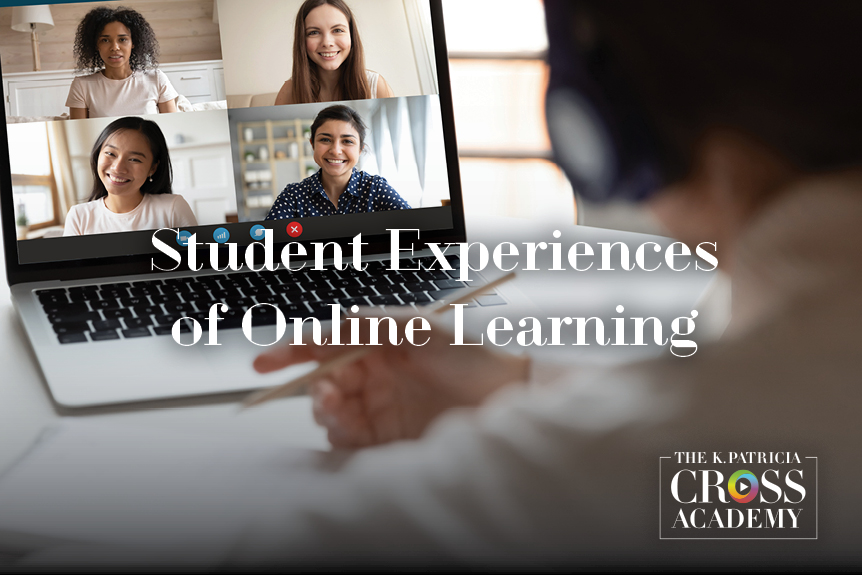CrossCurrents Library
Featured Collections
Topics

Higher education institutions have been scrambling to meet the demand for remote and online courses. This has been due in part to general growth trends in online enrollment, but it has also been accelerated out of response to the Covid-19 pandemic. Because of this, we have focused on helping faculty teach more effectively online. In this blog, we turn our

Many of us have had to sit through boring, less than engaging lectures in a classroom. The speaker seems bolted to the floor, drones on and on in a monotone voice, and shares visuals that consist of nothing but slide after slide of bullet-point text. We know a bad lecture when we experience it. But we also know a good

The COVID-19 pandemic has led to many if not most college faculty teaching in virtual classrooms. While many of us are turning to synchronous lectures with video conferencing tools such as Zoom or Blackboard Collaborate, many of us are also choosing to create asynchronous video lectures that students can watch anytime, anywhere. There are many valid reasons for making this

“Any fool can know. The point is to understand.” ~Albert Einstein Instructors have many important decisions to make about what to teach, how to teach it, when to review, when to move on, and so forth. We are better able to make important instructional decisions when we have good information about whether and how well students have learned to base these

“Knowledge without application is like a book that is never read” ~Christopher Crawford As college teachers, we want students to think deeply about course content and skills, yet sometimes it feels like students never progress beyond surface-level understanding. One of the best ways to help students get to deeper learning is to have them use what they have learned in

“When you learn, teach. When you get, give.” ~Maya Angelou Many of us teaching in higher education don’t think about lesson planning. But creating a lesson plan can be important to a successful class and for student learning. Creating a lesson plan prompts instructors to identify learning objectives, organize course content, plan learning activities, and prepare learning materials. The process